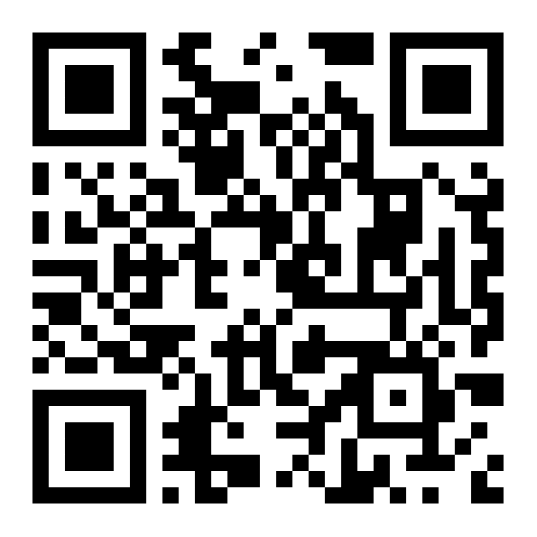Asset Tracking Solution Best Practices
Buying an Asset Tracking System is an investment, so it is important to research, plan, and do your due diligence upfront to ensure the system you choose fits your needs today and in the future. In this page, we will give you everything you need to know about looking for the right Asset Tracking Software.
Requirements and User Experience are Different Within Each Organization.
Often administrators can handle more complex configuration while day-to-day users seek ease of use, less clicks, and an intuitive interface. All users should be offered access and some control over his/her own Assets. The right system is one that provides all that and more, so choose wisely.
Common problems you have without an Asset Tracking Solution
Unknown Asset Whereabouts
Being unaware of who has which Asset items and where they are located leads to loss and confusion which is bad for business.
Lack of Employee Management
It can be hard to keep track of which assets are assigned to which employee and if they are being moved by different people to different places.
Lost In Papers
Tracking your Assets on paper is time consuming, error-inducing, and is extremely inefficient.
Lost In Excel Sheets
Keeping up with updating Assets and employee whereabouts through Excel spreadsheets can get very overwhelming and is prone to human error.
Importance of a Live Demonstration
A live demonstration is important for any company that is searching for an Asset Tracking Solution. In the call, a representative from the vendor’s company outlines how to use the system, most popular features, and answer any questions that you might have. The best way to prepare for a live demonstration is to have your needs in mind. Ask yourself these questions:
What do I need to track? What are my needs in an asset tracking solution? Why do I want an asset tracking solution?
Checklist of Asset Features You’ll Need
Check-Out / Check-In
Allows you to centralize all your organization’s asset data into one software, allowing for a complete record of your borrowed equipment. This feature help you track your equipment, tools, IT assets, and more with a due date to come back.
Barcode Based Tracking
The automation offered by a barcode-based tracking system can enhance any organization's ability to receive shipments, track assets, and receive orders with precision. Without a barcode-based system, this can get confusing and time-consuming.
Maintenance Management
If you have assets, you probably need to track maintenance, repairs, or inspections for each of those items. With the Maintenance feature, users can easily request, schedule, and perform maintenance via our Cloud-Based software.
Signature Capture
In order to keep users accountable for daily transactions, the system administrator can require an electronic signature field to be signed after each transaction. This feature streamlines the Asset management process to ensure that only designated employees authorize transactions.
Asset Depreciation
Accurate bookkeeping and reporting are important for tax and insurance purposes. This feature ensures accurate asset depreciation calculation, reducing unnecessary equipment purchases, and improving accounting accuracy.
Emails & SMS Alerts
With configurable alerts and notifications to enhance asset management, you will always be updated. In our best-in-class system, notifications can be conveniently sent via email or text message and can also include a personalized message.
Overall, You Will Probably Need an Asset Tracking Solution that is:

- Flexible and Configurable to your needs
- Scalable and will grow along with your Company
- Enables integration with current accounting software
- Barcode and Cloud-Based
Purchasing an Asset Tracking Software

After taking the time to research, participate in live demonstrations, and compare software solutions, you hopefully have found an Asset Tracking Solution that fits the needs of your organization. Once ready to purchase the software, it is important to participate in trainings provided by your vendor to ensure you are implementing the system correctly and utilizing the features available.


